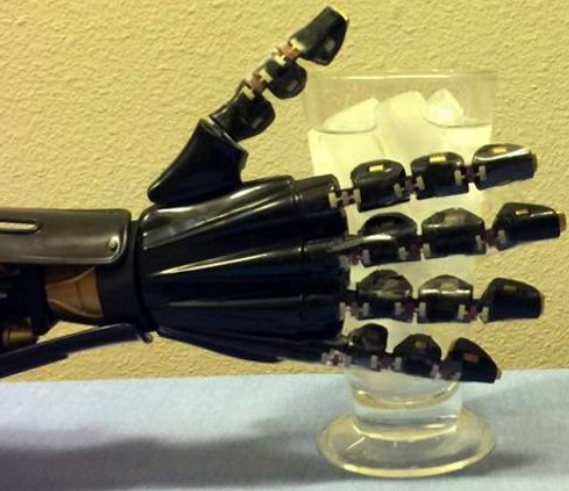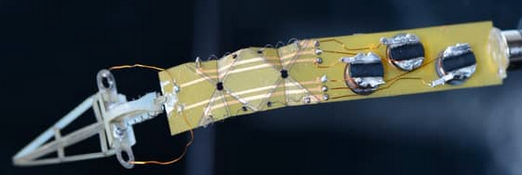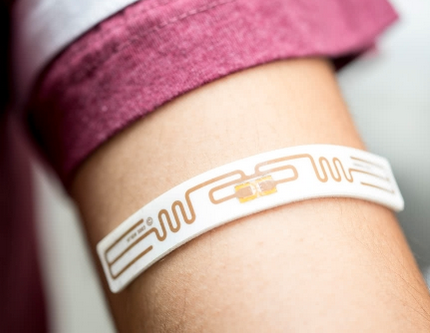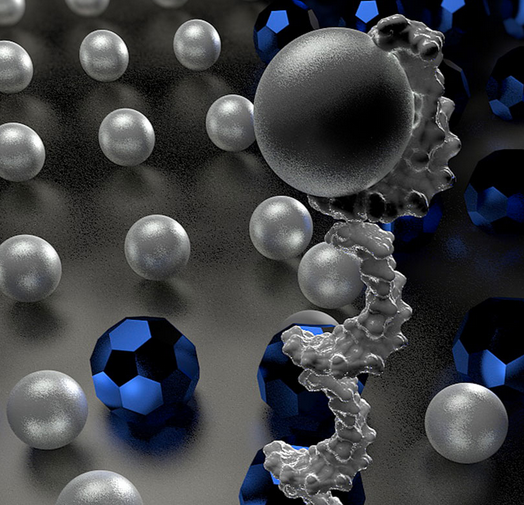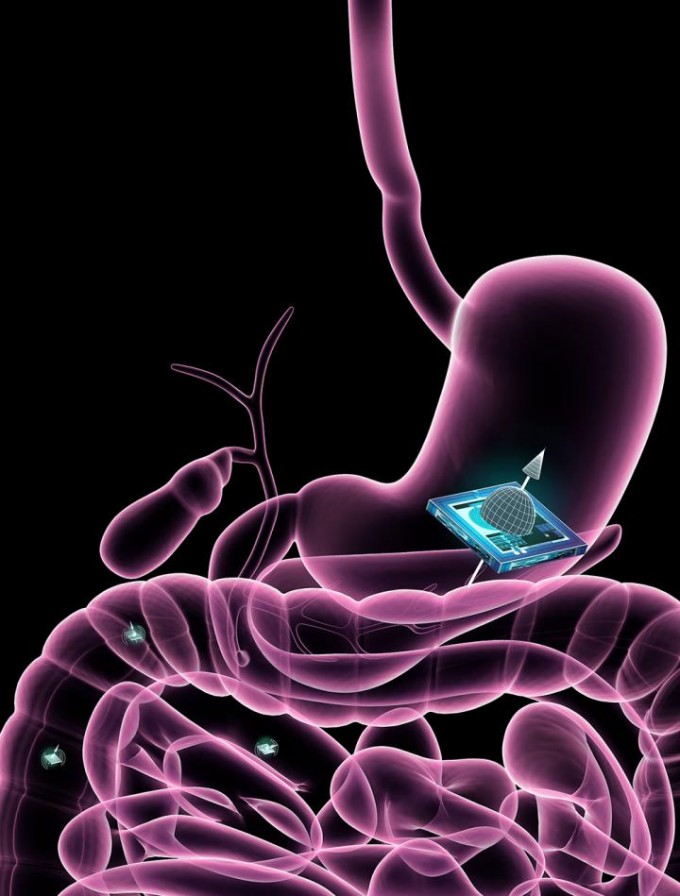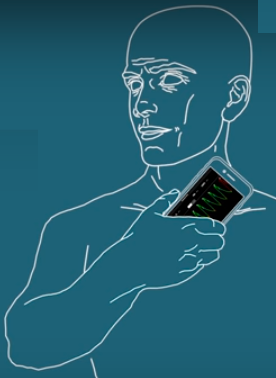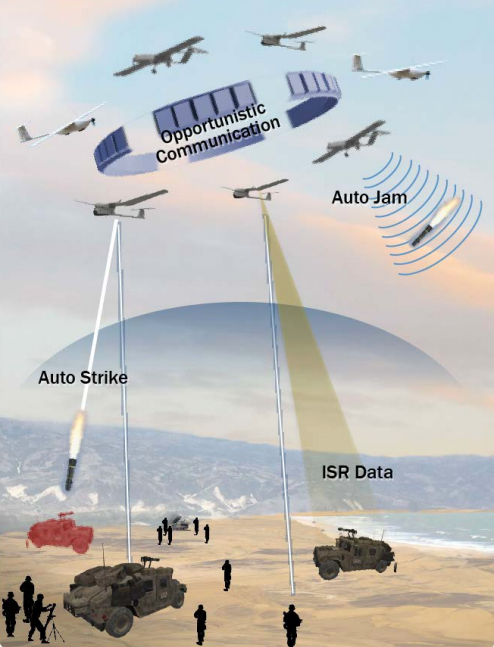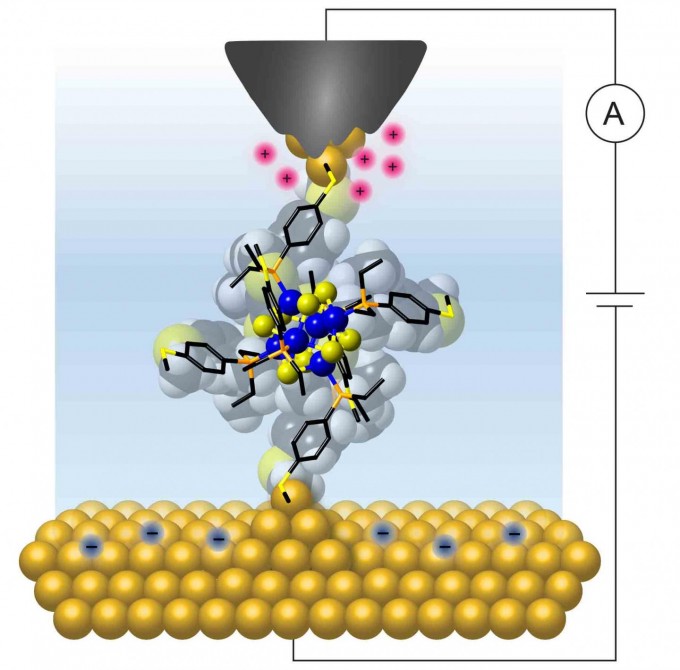New system allows near-zero-power sensors to communicate data over long distances
Could make low-cost remote medical monitoring and the “internet of things” practical
Walking DNA nanorobot could deliver a drug to a precise location in your body
Future uses could include creating programmable drugs or delivering them when a specific signal is received in the bloodstream or cells
A cooling system that works without electricity
Electricity needed to cool a Las Vegas building reduced by 21 percent in a model
KEEP | Leading AI country will be ‘ruler of the world,’ says Putin
“When one party’s drones are destroyed by drones of another, it will have no other choice but to surrender.”
